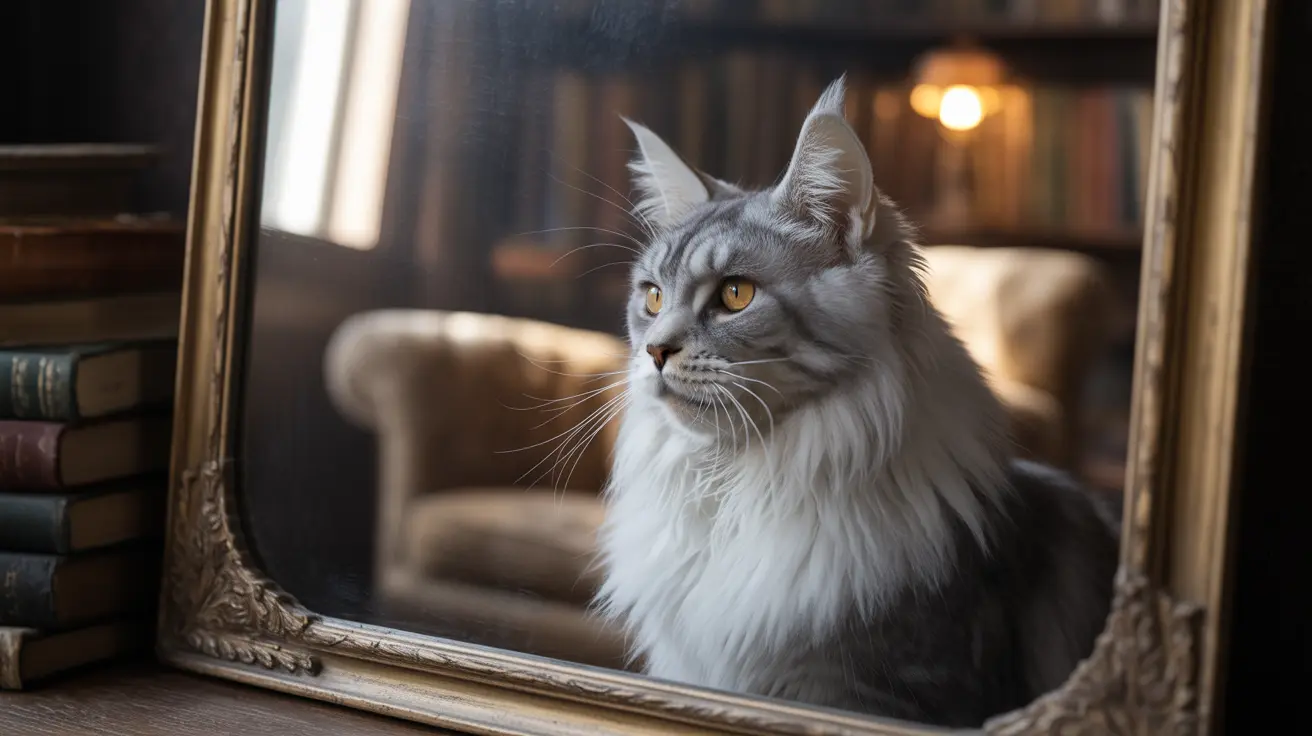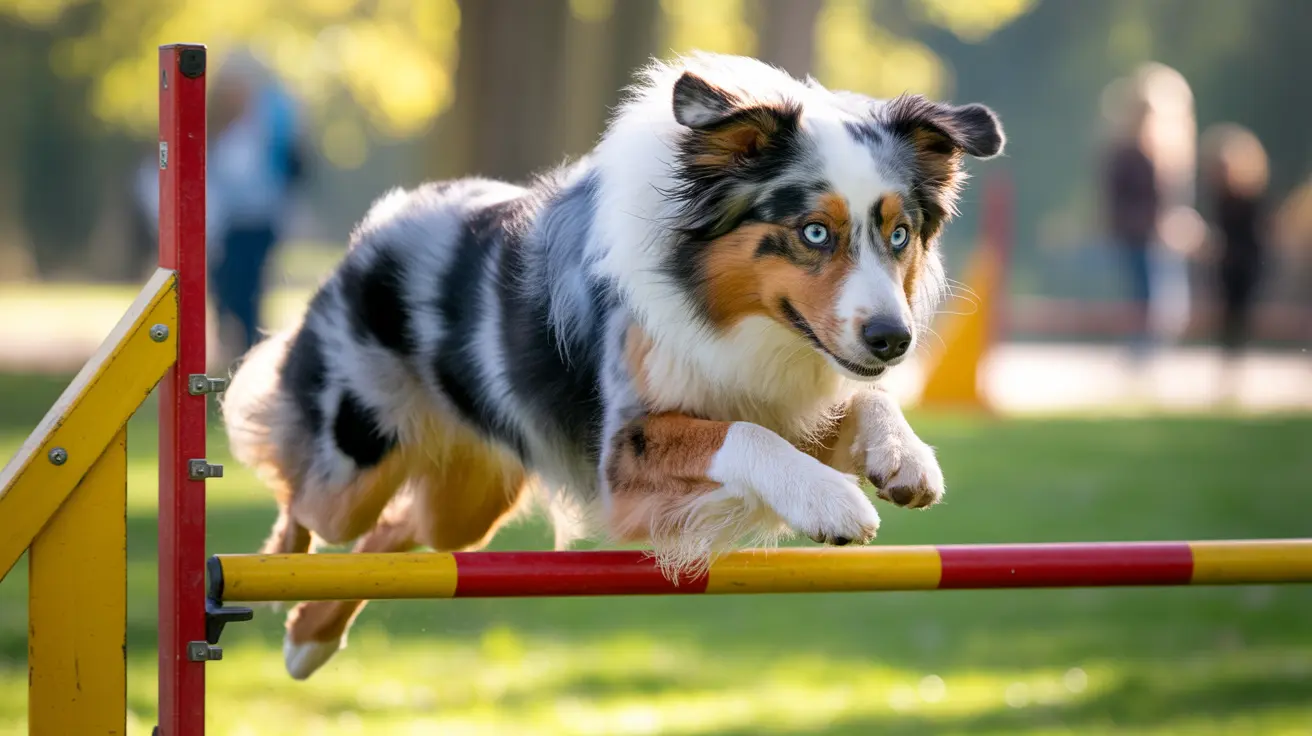As a cat owner, you share your life with a remarkable companion who progresses through distinct developmental stages. Each stage brings unique joys and challenges, requiring tailored care to ensure your feline friend's health and happiness. By understanding cat age stages, you empower yourself to provide the best possible care for your pet at every turn of their life journey, from playful kittenhood to their wise senior years.
The correlation between cat years and human years is more complex than commonly thought. Determining where your cat fits within their life cycle can dramatically enhance the quality of care you provide. This comprehensive guide will help you navigate the various stages of feline development, prepare for important milestones, and recognize how to adjust your care as your cat matures.
The Science Behind Cat Aging
Cats age quite differently than humans. In their first year, a cat experiences a growth spurt equivalent to approximately 15 human years. By the end of their second year, they reach the developmental equivalent of a 24-year-old human. After these formative years, each additional cat year is comparable to around four human years. Understanding this accelerated early development and the slower pace that follows allows you to accurately interpret the cat years to human years conversion—an essential part of providing age-appropriate care.
Key Developmental Stages
- Kitten (0-12 months): This is a period of rapid physical and behavioral development. Kittens require high-quality nutrition, ample socialization, and gentle training as they learn about their environment and build lifelong habits.
- Young Adult (1-6 years): At this stage, cats generally enjoy peak physical condition and boundless activity. They are energetic, curious, and often explore more, making routine play and regular veterinary care crucial for their wellbeing.
- Mature Adult (7-10 years): Mature cats begin to show subtle signs of aging, such as decreased stamina or changes in appetite. Regular health monitoring and diet adjustments can help manage gradual changes and detect health concerns early.
- Senior (11+ years): In senior years, physical and behavioral shifts become more noticeable. Cats may become less active, develop joint discomfort, or show variations in sleeping and grooming habits. Providing comfort, accessibility, and consistent medical checkups is essential during this stage.
Estimating Your Cat's Age
If you adopt a cat without a known history or simply want to better understand your pet's stage of life, several physical signs can help estimate their age. Veterinarians rely on a mix of physical markers and behavioral cues to make an informed assessment. Gauging these indicators not only satisfies curiosity but can guide important decisions about care, nutrition, and preventive health measures appropriate for your cat’s age group.
Physical Indicators for Age Assessment
- Dental condition and wear: The state of your cat’s teeth—tartar buildup, gum health, and missing teeth—are reliable markers of age.
- Coat quality and texture: Younger cats typically have soft, fine coats, while older cats may exhibit coarser, duller fur or increased greying.
- Muscle tone and body composition: Kittens and young adults are more muscular and lean; older cats may lose muscle mass or develop a slight potbelly.
- Eye clarity and changes: Cloudiness or changes in the appearance of the iris can appear as cats enter their senior years, while kittens generally have bright, clear eyes.
- Activity level and mobility: High energy is a hallmark of youth, while seniors may become more sedentary or develop mobility issues due to arthritis or other age-related conditions.
Factors Affecting Cat Life Expectancy
Cat lifespans are influenced by a combination of genetic, lifestyle, and environmental factors. By understanding these influences, you can take practical steps to help your cat enjoy a healthier, longer life.
Critical Factors Influencing Longevity
- Genetics and breed characteristics: Some cat breeds are predisposed to longer or shorter lifespans based on inherited traits.
- Indoor vs outdoor lifestyle: Indoor cats typically live longer due to reduced exposure to hazards like traffic, predators, and diseases.
- Diet and nutrition quality: Balanced, species-appropriate diets are fundamental to maintaining health and preventing obesity or nutrient deficiencies.
- Regular veterinary care: Routine checkups enable early detection and management of health issues before they become serious.
- Environmental enrichment: Stimulating environments with toys, scratching posts, and opportunities for play help reduce stress and improve quality of life.
- Stress levels and living conditions: A peaceful home environment promotes both physical and emotional wellbeing, reducing the risk of behavioral or stress-induced illnesses.
Healthcare Needs Across Life Stages
A cat's healthcare requirements change as they move through various life stages. Adapting their care routine to fit their age ensures they experience both good health and comfort throughout their lives.
Kitten Care Tips
- Regular vaccinations: Early vaccination builds immunity and prevents common feline diseases.
- Proper nutrition for growth: Growing kittens need specially formulated diets rich in protein and essential nutrients to support their development.
- Socialization and training: Gentle interactions with people and other animals foster confidence and well-mannered behavior, setting the stage for a well-adjusted adult cat.
- Preventive care establishment: Establishing a relationship with your veterinarian early ensures consistent preventive care and builds a health history for your kitten.
Mature Cat Care
- Weight management: Maintaining a healthy weight mitigates the risk of obesity-related diseases and joint issues.
- Dental health monitoring: Regular brushing and dental checkups prevent periodontal disease and keep your cat comfortable.
- Regular exercise routine: Playtime and activity are still crucial at this stage to support physical and mental health.
- Preventive health screenings: Routine blood work and checkups can catch chronic diseases early, improving outcomes.
Senior Cat Needs
- More frequent health checkups: Senior cats should see the vet more often, as early detection of emerging issues becomes increasingly important.
- Adjusted nutrition plans: Senior cat diets are often lower in calories and may contain joint supplements or easily digested proteins.
- Mobility support: Providing ramps, soft bedding, and accessible litter boxes helps older cats stay comfortable and independent despite mobility challenges.
- Enhanced comfort measures: Extra attention to warmth, cleanliness, and stress reduction can vastly improve quality of life for aging felines.
Recognizing Signs of Aging in Cats
As cats grow older, their behavior and physical condition naturally evolve. Learning to recognize common signs of aging allows you to adjust your care and support for your cat as their needs change. Proactive observation and intervention can enhance their comfort and well-being during senior years.
- Decreased activity levels: Seniors may spend more time resting and may show less interest in high-energy play.
- Changes in sleeping patterns: Older cats often sleep more and may alter where they choose to rest.
- Altered grooming habits: Reduced flexibility or discomfort can result in a less well-groomed coat.
- Modified eating behaviors: Loss of appetite, preference changes, or difficulty chewing may indicate dental or health issues.
- Behavioral changes: Increased vocalization, confusion, or withdrawal can signal cognitive decline or underlying health concerns.
Frequently Asked Questions
- What are the main life stages of a cat? Kittenhood, adulthood, and senior years are the primary stages, each with unique characteristics and needs.
- How can I estimate my cat's age? Examine their teeth, coat condition, eyes, and behavior to determine approximate age.
- What factors influence a cat's lifespan? Genetics, diet, living environment, and healthcare play significant roles in longevity.
- How long do cats typically live? Most cats live between 12–16 years, with some individuals surpassing 20 years.
- What age is considered senior for cats? Cats are generally categorized as seniors at around 11 years and older.
- Do indoor cats live longer than outdoor cats? Yes, indoor cats usually enjoy longer lives due to enhanced safety and reduced disease risk.
- How does a cat's care change as it ages? Older cats require more frequent veterinary visits and diets formulated for senior health considerations.
- What are common health issues in senior cats? Issues such as arthritis, kidney disease, and dental problems often arise in the senior years and should be monitored closely.
- Can I slow my cat's aging process? While aging is natural, high-quality nutrition, regular exercise, and proactive veterinary care can promote better health as your cat ages.
- How do cat years compare to human years? A one-year-old cat roughly equates to a 15-year-old human; each additional year equals about four human years.
- What are signs my cat is aging? Watch for reduced activity, weight changes, changes in grooming, and increased need for comfort and care.
In conclusion, understanding and responding to your cat's changing needs throughout their life stages is crucial for delivering the highest quality care. Staying informed about the milestones of feline development ensures your companion enjoys a long, healthy, and happy life. Always remember, each cat is unique, so collaborating with your veterinarian to develop personalized care plans is the best way to support your pet’s individual needs throughout their life journey.






